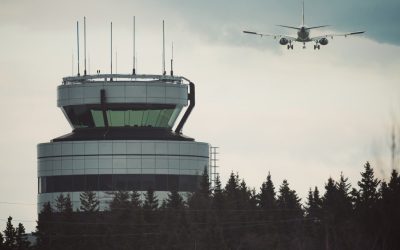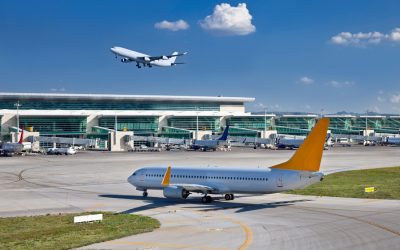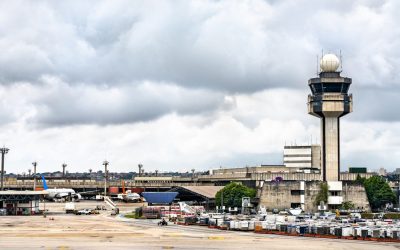News
Book A ConsultationThe Emergency Voice Communication System: The Unsung Lifeline in Airport Emergency Communication
Airports are some of the most complex environments in the world, thousands of passengers, constant aircraft movements, and no tolerance for communication failure. In critical situations such as system faults, security incidents, or operational emergencies, maintaining clear and reliable communication isn’t just operationally important… it’s life-saving.
ATC Systems And Safety Redundancy: Keeping Flights Secure Worldwide
Every day, tens of thousands of aircraft travel through global airspace, guided safely from take-off to landing by Air Traffic Control (ATC) systems which are designed with one key principle: no single point of failure should ever compromise safety.
The Key Challenges Faced by Air Traffic Control Managers In Modern Airspace
Air travel is expanding more quickly than ever, with UK airports handling thousands of flights each day and demand showing no sign of slowing. The surge in flights risks congestion in the air and on the ground, putting enormous pressure on the systems that keep aviation safe and efficient.
How National Air Traffic Control Services Keep UK Skies Safe and Efficient
Air Traffic Control (ATC) in the UK has dramatically evolved since its inception in the mid-20th century. When the Civil Aviation Authority (CAA) first began to formalise air traffic management, flight numbers were a fraction of today’s volumes. Today, National Air Traffic Services (NATS) oversees one of the busiest and most complex airspaces in the world.
Enhancing Aviation Safety with Cockpit Voice Recorders And Flight Data Recorders
According to statistics, aviation is safer than ever, with the number of airline accidents in the last three decades falling by half every 10 years. Technological advances have underpinned more robust safety in the industry, with two important devices – Cockpit Voice Recorders (CVRs) and Flight Data Recorders (FDRs) – driving improvements. Popularly referred to as ‘black boxes’, these instruments work alongside Air Traffic Control (ATC) systems to ensure the safety of aircraft at every stage of their journeys. In this article, we’ll explore five ways that CVRs and FDRs enhance aviation safety.
Unlocking the Future of Aviation: The Importance Of IFP Design Services
As the world’s airspace becomes increasingly congested, accurate flight planning has never been more important. Crowded skies and poor aircraft coordination increase the risk of catastrophic events, so Instrument Flight Procedure (IFP) design services play a key role in ensuring that aircraft follow the safest and most efficient routes.
How A Flight Data Monitoring System Steers Aviation Safety
Every flight generates a vast amount of data, within which are patterns that can reveal potential safety risks before they become serious problems.







